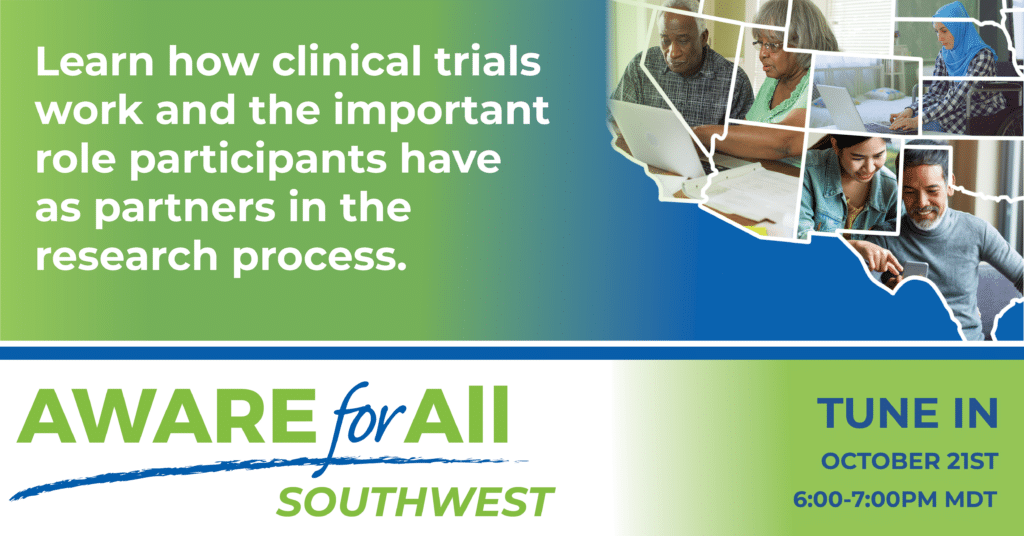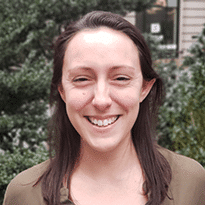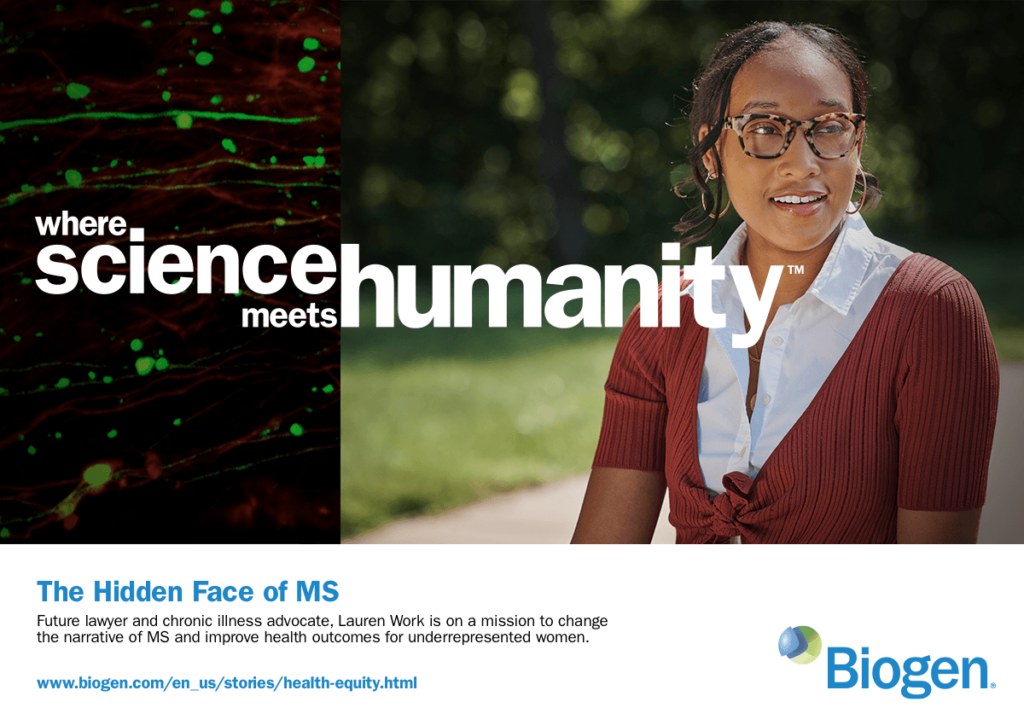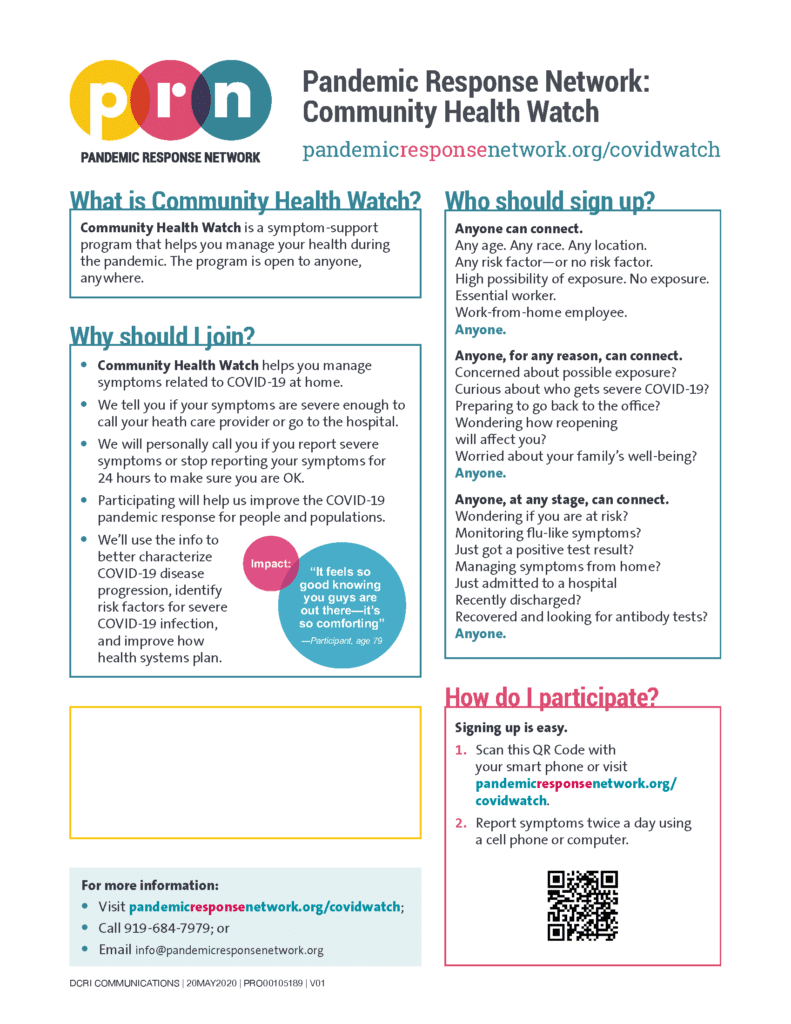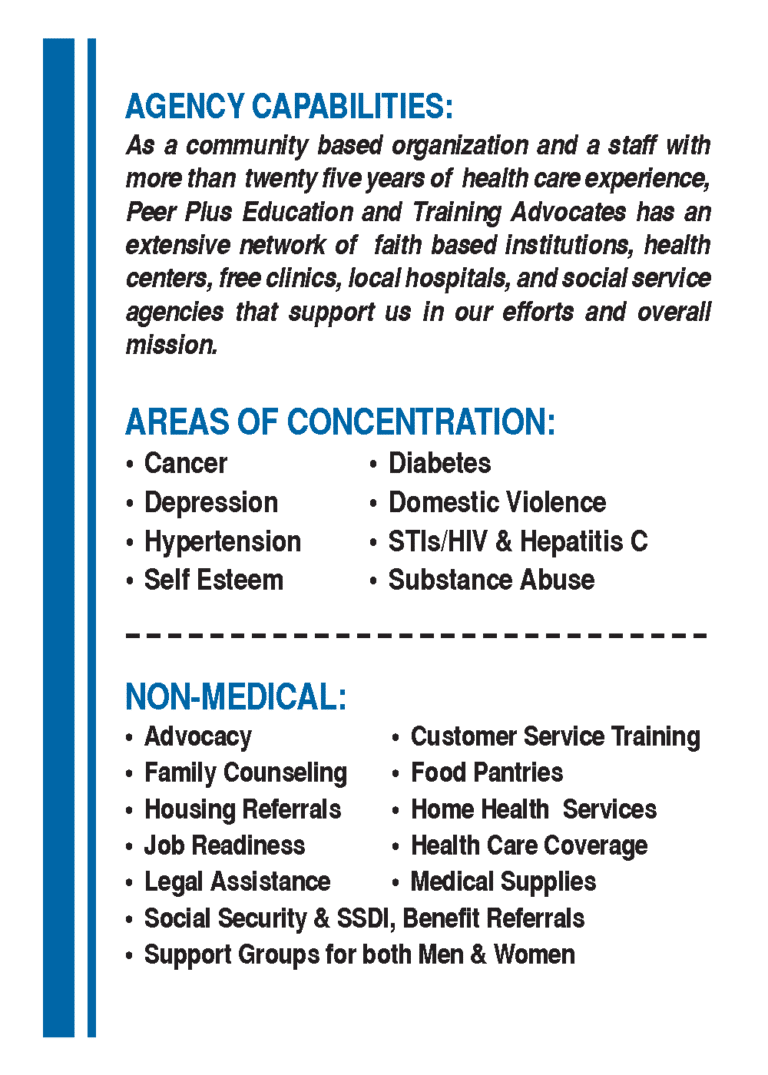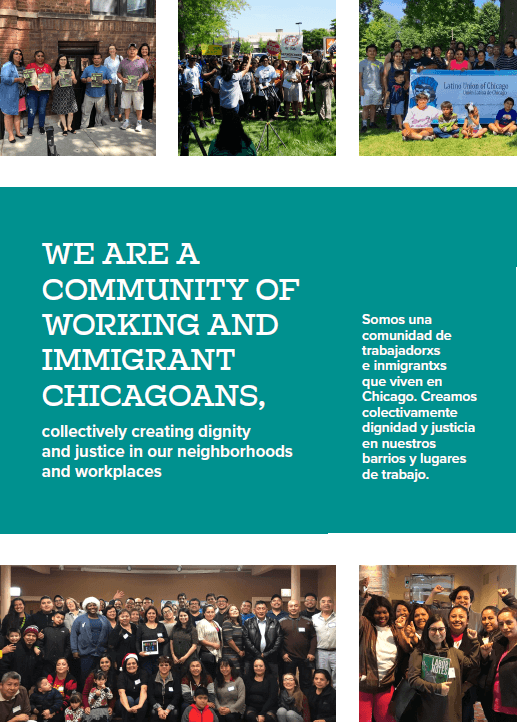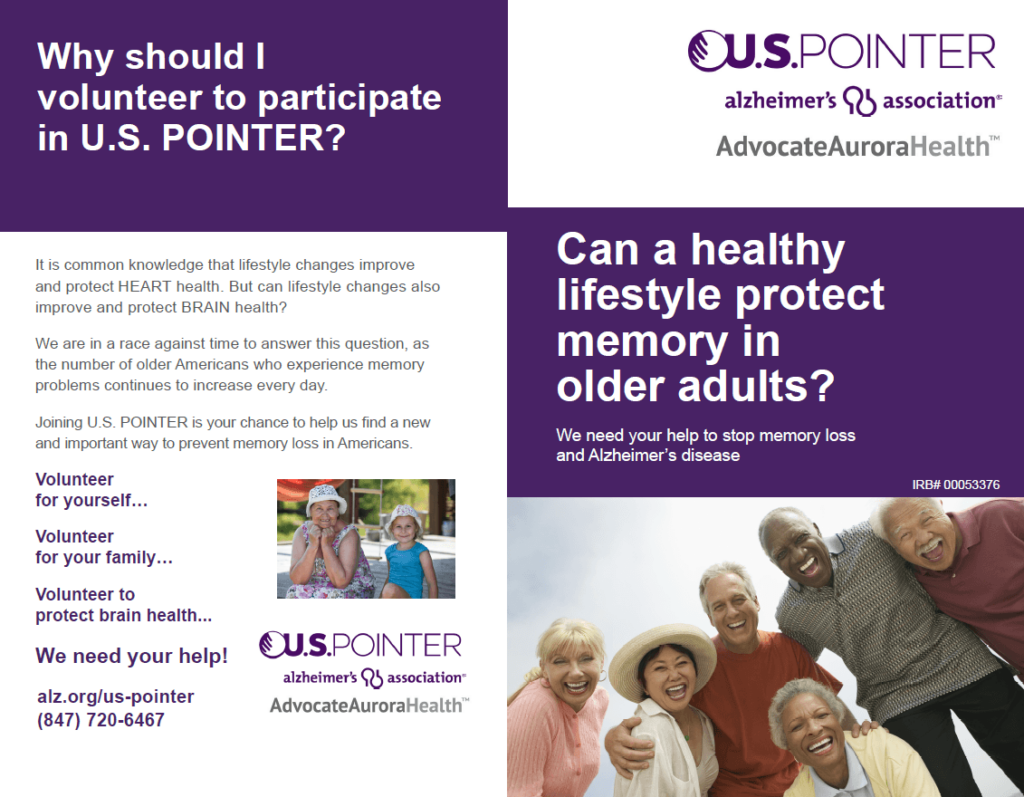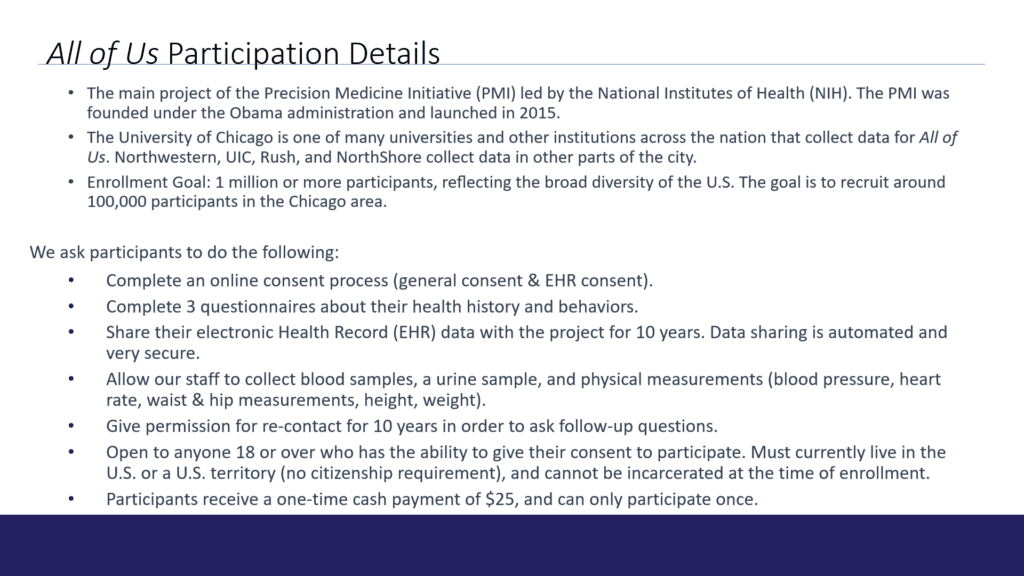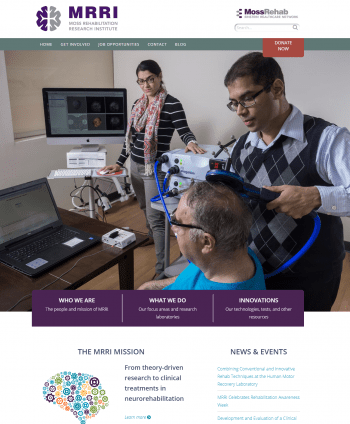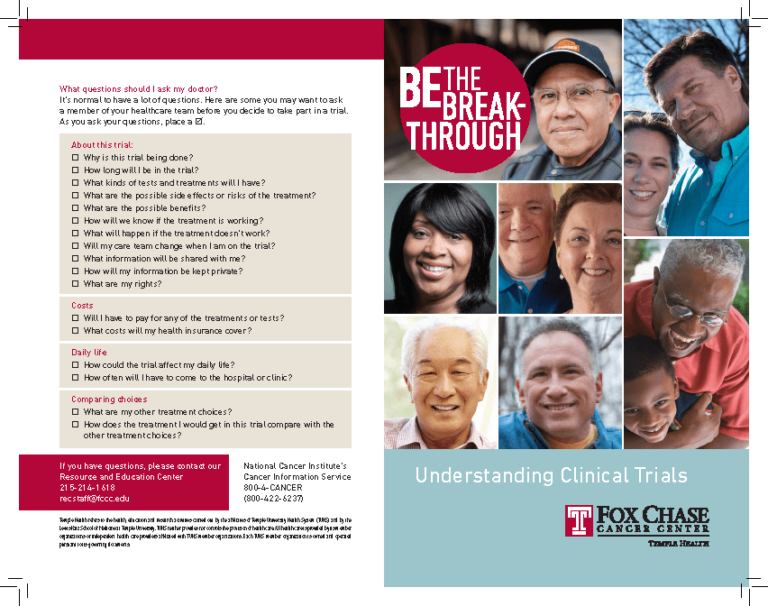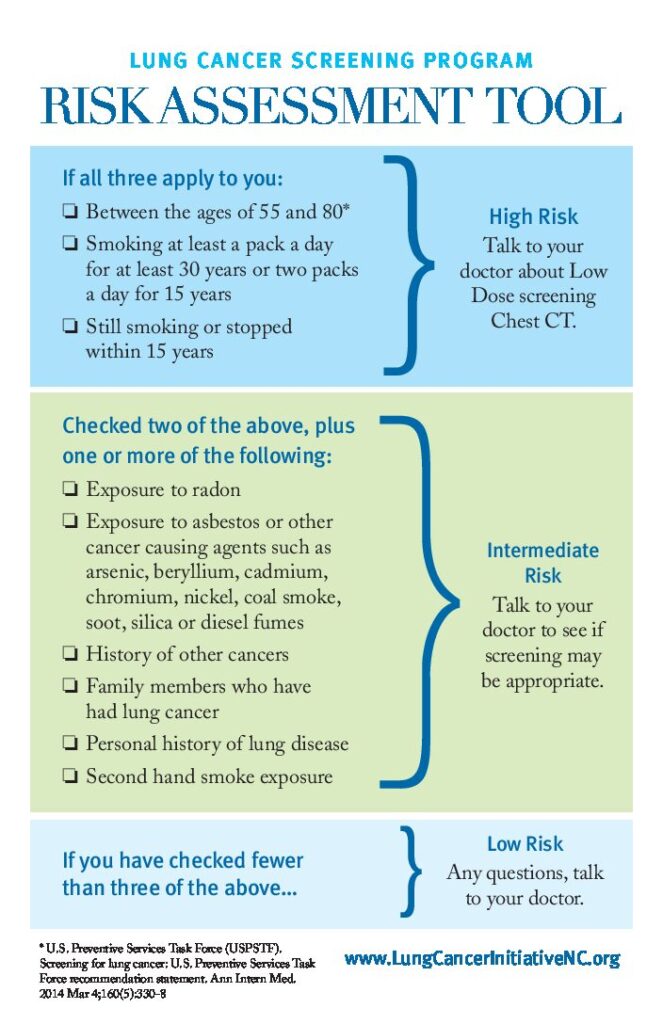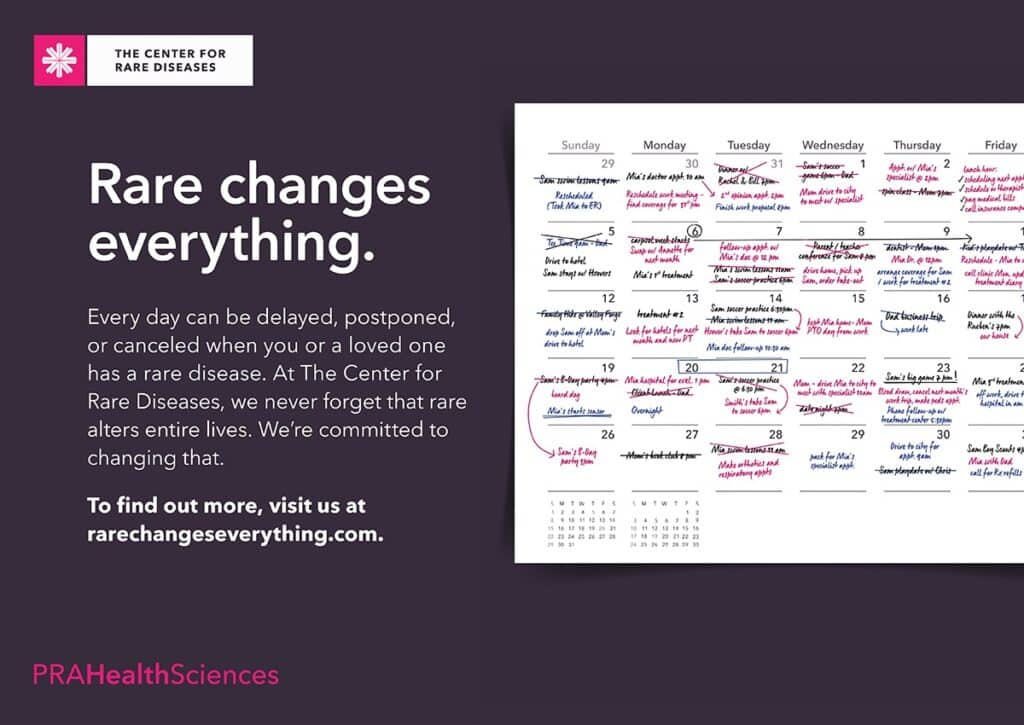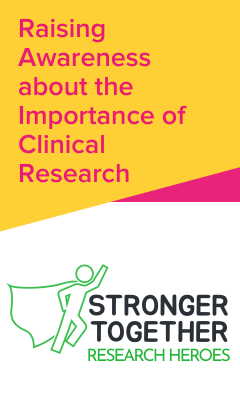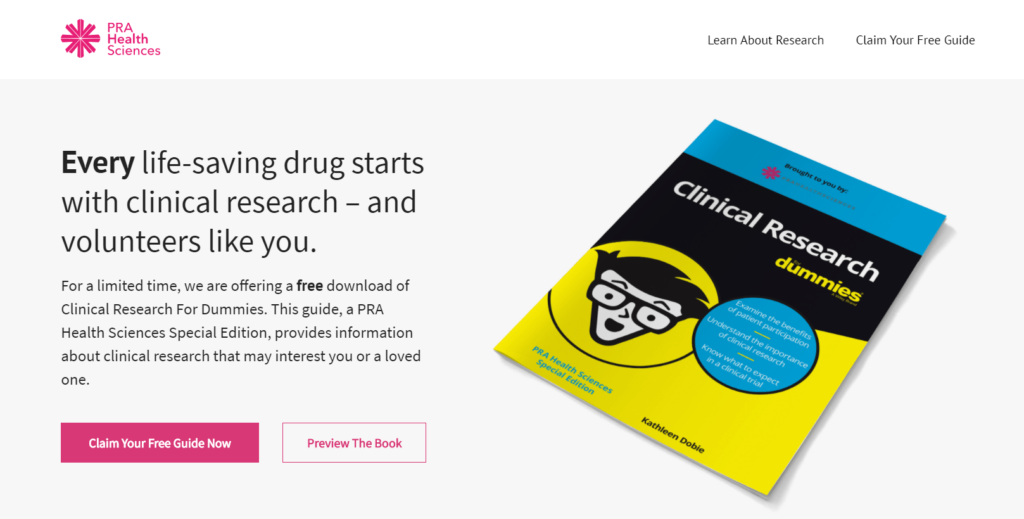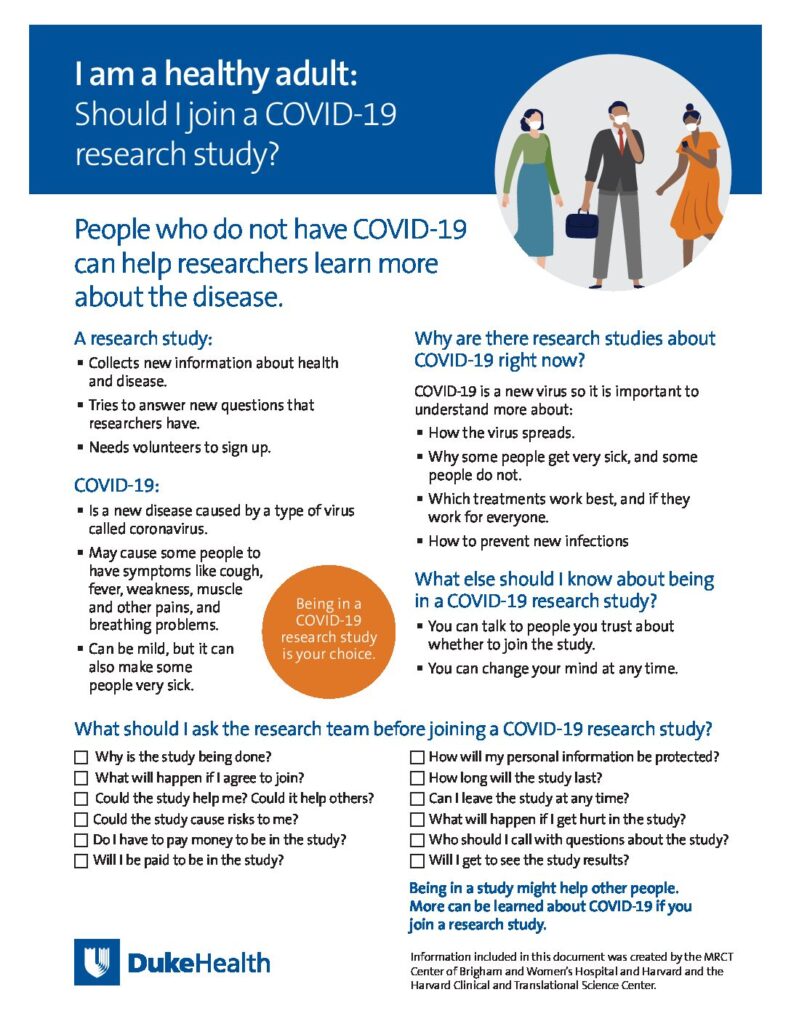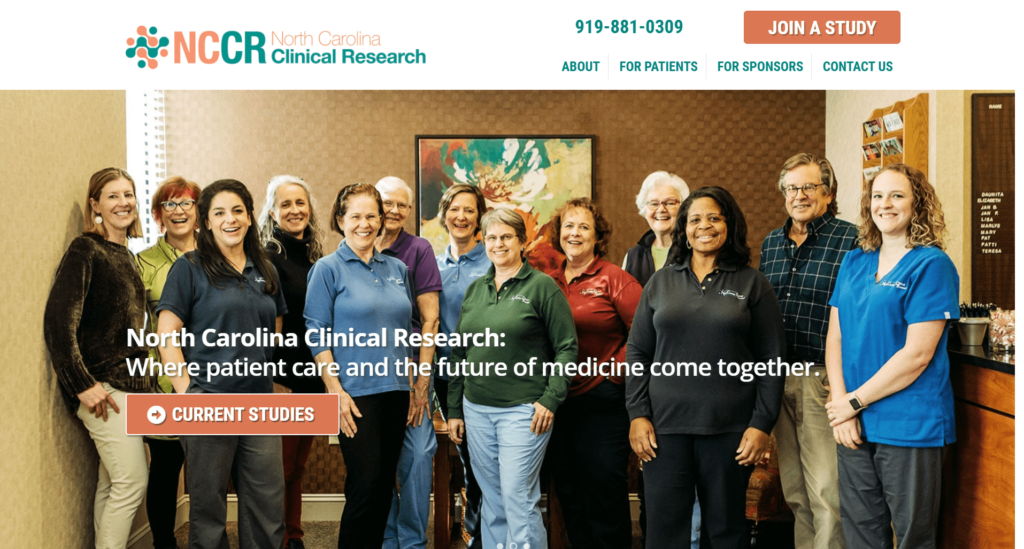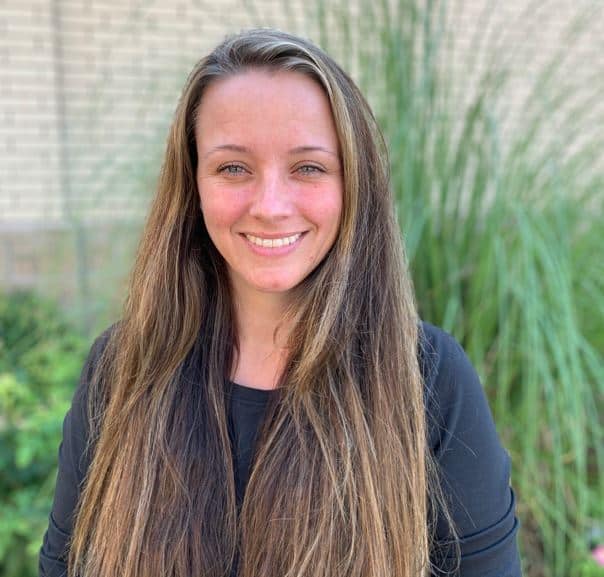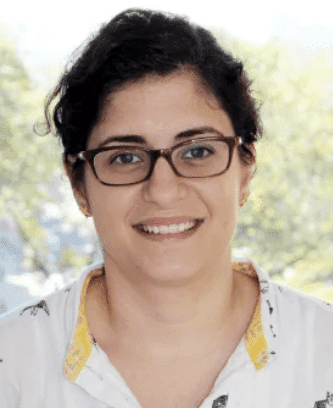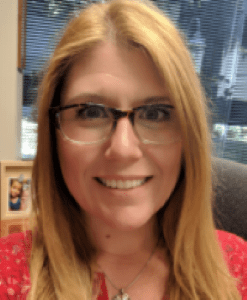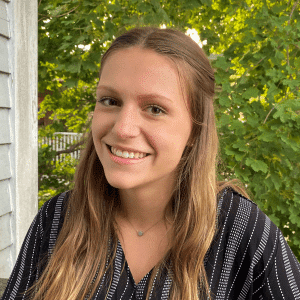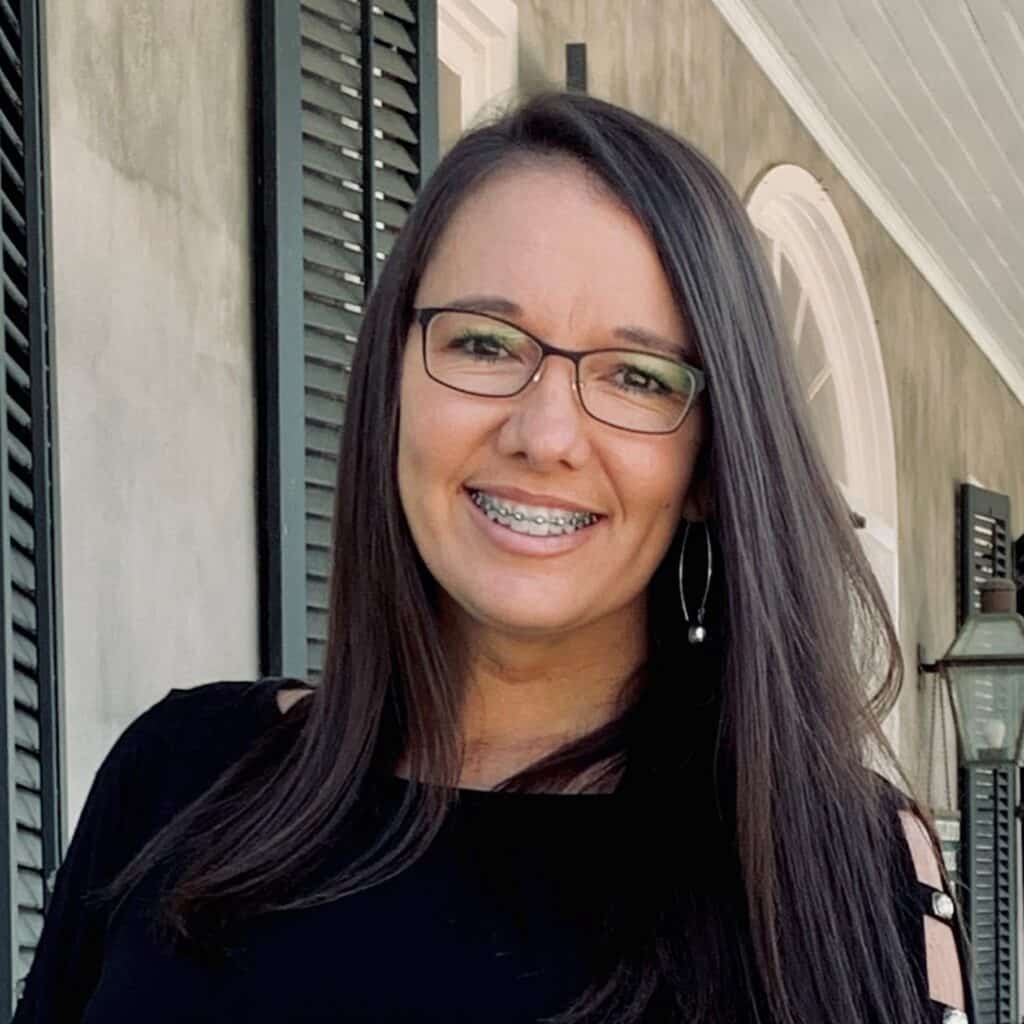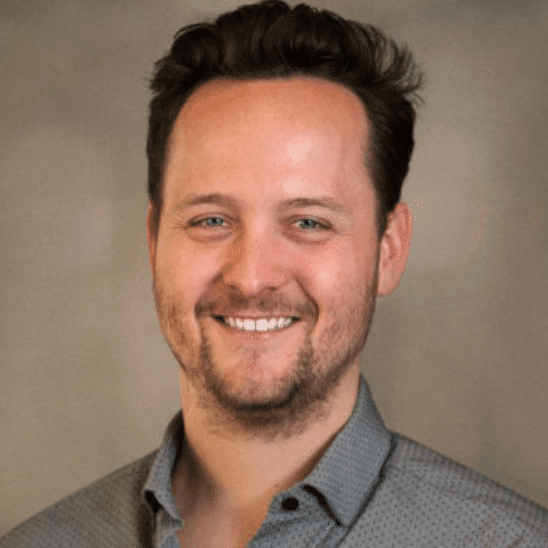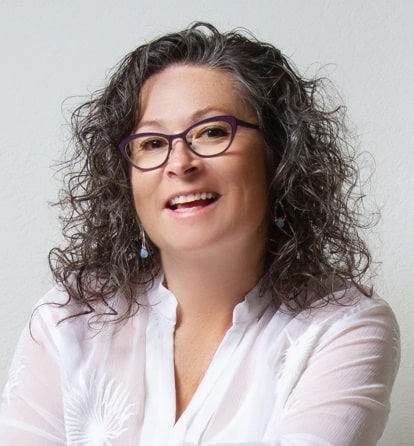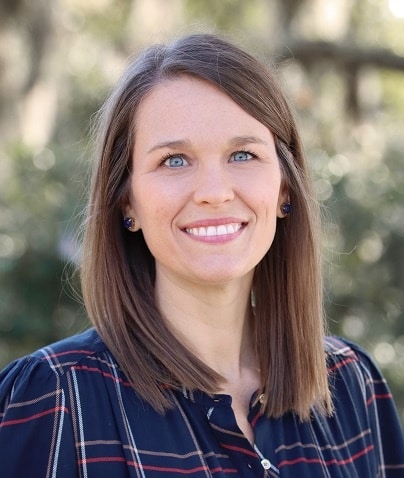Written by: Scott Finger | sfinger@ciscrp.org

Dear readers,
If you have been following CISCRP and our newsletter, you know about some of the exciting and innovative changes we have made over the last year and a half. While we understand it can be tiring to hear so much about the pandemic and the “new normal,” we can’t overstate how important it is to continually address disparities in health care and clinical research. In this issue, we cover some of the changes we have been making and what you can expect from us in the coming months.
One of CISCRP’s biggest initiatives has been to address the inequity of participation in clinical trials. In other words, we want to turn underrepresented communities into represented communities. Our Health Literacy team is collaborating with members of these communities to learn how we and clinical trial professionals can bridge the gap. We will add this knowledge to our library of educational brochures, so stay tuned for the finalized publications. Also in this issue, we discuss how our AWARE for All live educational series focuses on diversity and inclusion. Our next event is happening October 21, and our final AWARE event of the year will be held on November 18.
Our efforts would not be possible without our Research Services team having important conversations with the community. The results of our Perceptions & Insights Study, conducted every two years, will be available this fall! Read here for a sneak peek of some of the key findings, including responses from members of ethnically and racially underrepresented communities.
In our Supporter Spotlight article, Luther T. Clark, MD, Deputy Chief Patient Officer of Merck, explains some of the other issues surrounding healthcare disparity. These issues include the pandemic, social and economic factors, and certain groups’ lack of access to technology (known as the “digital divide”). With in-person interactions becoming rarer, it is important now more than ever to help communities without the proper resources.
CISCRP is also taking steps to make research results more accessible. The results of clinical trials and other scientific studies are incredibly complex, and there is a large demand for plain language information. In response, we have partnered with sponsors and other experts to create “plain language summaries of publications” (PLSPs), which turn hard-to-understand articles into easy-to-understand summaries. This new offering expands our plain language portfolio to include not only trial results summaries, but all types of scientific and medical articles.
It takes a community to make change, and that is absolutely true when it comes to clinical research. In this issue, we highlight the efforts and the experience of CISCRP’s own Phyllis Kaplan in our ongoing Medical Hero Spotlight series. Read here to learn more about Phyllis’ journey from patient and advocate to clinical research participant to Senior Manager of Events & Community Engagement at CISCRP.
While the clinical research community has become more aware of the disparity in representation, clinical trials are still not as diverse as they should be. We still have much work to do to address the knowledge gaps that exist within the general public. Whether you are a health professional or member of the community trying to do your part, we encourage you to learn as much as you can about clinical trials and the important issues we need to address. As a team, we can make a difference to ensure that all voices are heard, and that research accounts for people of all backgrounds.
Take care, and stay safe,
Scott Finger
Editor, Health Literacy






